Atlas Obscura: On February 21, 2018, investigative journalist Ján Kuciak and his fiancée Martina Kušnírová were both gunned down in their home at the age of 27.
The killings of Kuciak and Kušnírová only confirmed what the citizens of Slovakia had dreaded—that an intricate web of organized crime existed within the country. At the time of his murder, Kuciak was working on a report about the connection of Slovak politicians with the ‘Ndrangheta, one of the most feared Italian crime organizations...
As soon as the news of the double murder broke, people started to rally nationwide for change, forming the largest protest in Slovak history since the Velvet Revolution of 1989.
In the end, the protest was largely successful, culminating in the resignation of Prime Minister Robert Fico and his entire cabinet in mid-March.
In February 2022, to mark the fourth anniversary of the Kuciak-Kušnírová murder, the city of Bratislava unveiled a memorial dedicated to them in the central square of the Slovak capital.
--
Atlas Obscura: It's unclear who Biatec was. The name appears on the coins that circulated among the Celtic tribe of the Boii, minted in what is present-day Bratislava around 60-40 B.C. These rare ancient coins are also referred to as Biatec...
Generally sizing 25 millimeters in diameter and weighing about 17 grams, the silver coins were equivalent of Hellenistic hexadrachms or tetradrachms, which they are believed to have imitated. Fourteen hoards consisting of these coins were unearthed in the 20th century, six of them in Bratislava.
Although rather obscure internationally, the Biatec coin has become a sort of icon in Slovakia. From 1993 to 2008, its design was featured on the five-Slovak koruna coin, and even today, the horseman can be seen on the National Bank of Slovakia’s logo.
In 1988, a bronze monument shaped after and commemorating the Biatec coin was created by sculptor Ľudmila Cvengrošová. More than a hundred times larger than its real-life counterpart, the monument was 3 meters (10 feet) in diameter and weighed 3 tons. It was relocated in front of the National Bank of Slovakia in 2008, one month before the country’s transition from the Slovak koruna to euro.
--
Radio and Television Slovakia
While this building has been included on lists of the ugliest buildings in the world, it’s still an impressive sight. The building is designed as an inverted steel pyramid that glows burnt orange in the sunlight.
Completed in the mid-1980s, this building continues to house Radio and Television of Slovakia, a public broadcasting station. There have been several rumors that claim the shape of the building actually affects energy flow or that the building was modeled after the Great Pyramid of Giza.
In 2017, the structure was named a national cultural monument for being an excellent example of Central European Modernist architecture.
Inside the building’s concert hall, visitors can see one of the largest organs in Slovakia. The hall is suspended in a steel structure and is mounted on acoustic springs that dampen vibrations from the outside. It’s such a special space that the Vienna Philharmonic records inside, it’s also the place where Nokia recorded its classic polyphonic ringtones.
--
The Absentee Gallery…
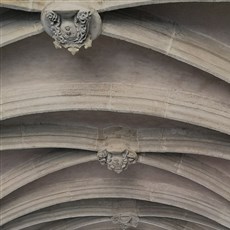
Bratislava
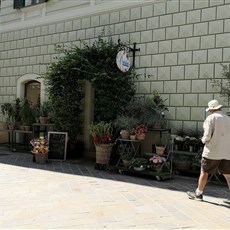
Bratislava
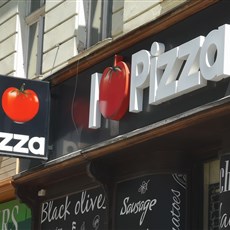
Bratislava
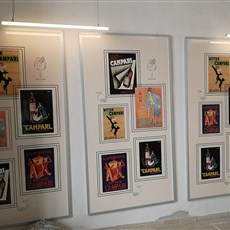
Bratislava
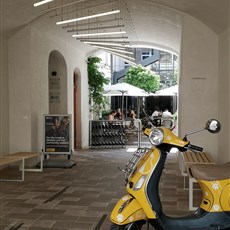
Bratislava
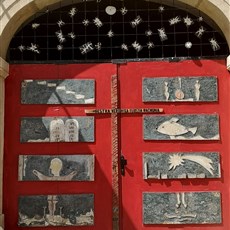
Bratislava

Bratislava
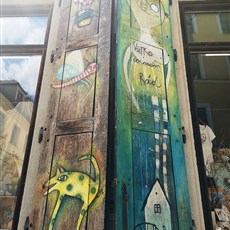
Bratislava

Bratislava
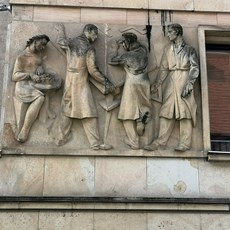
Bratislava
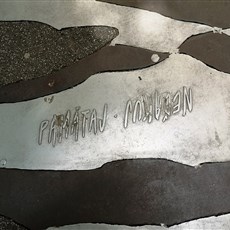
Ján Kuciak & Martina Kušnírová Memorial
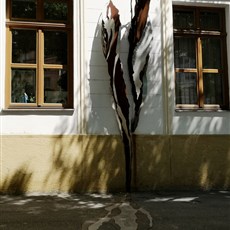
Ján Kuciak & Martina Kušnírová Memorial
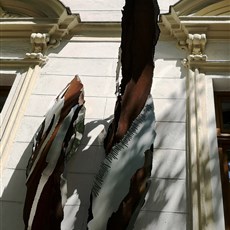
Ján Kuciak & Martina Kušnírová Memorial
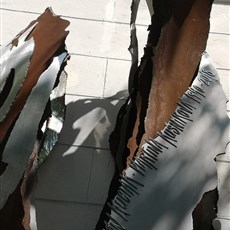
Ján Kuciak & Martina Kušnírová Memorial
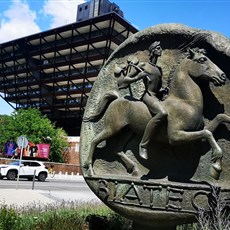
Biatec & Radio and Television building
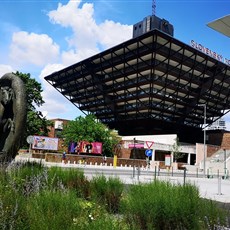
Biatec & Radio and Television building

Absentee Gallery
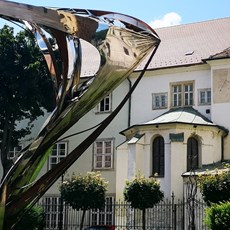
Absentee Gallery
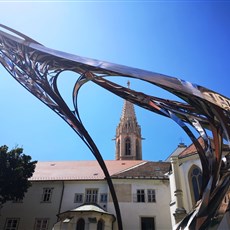
Absentee Gallery